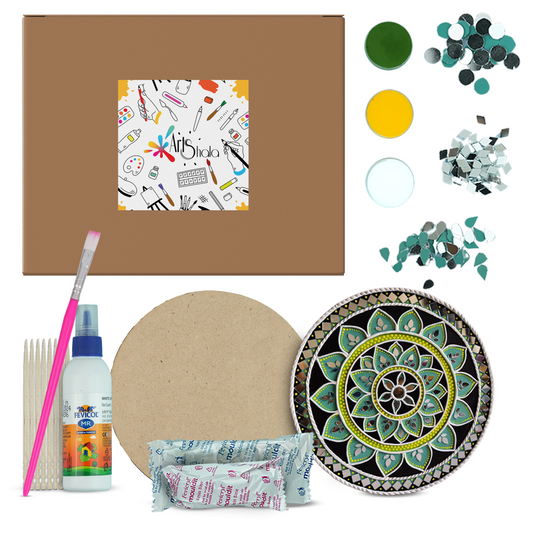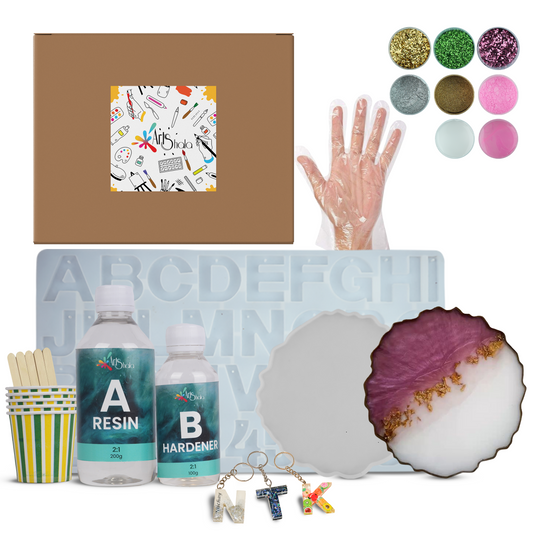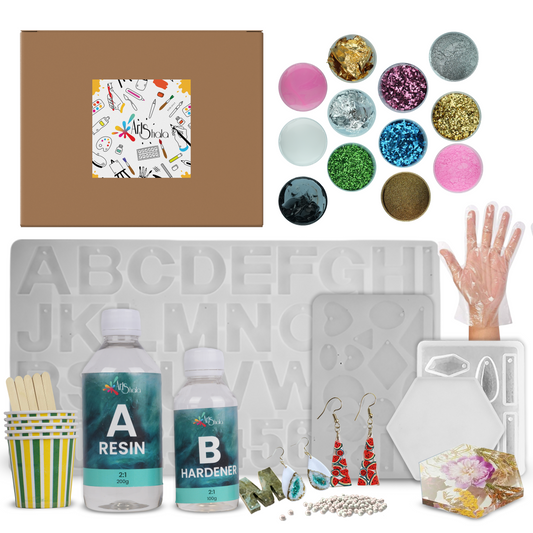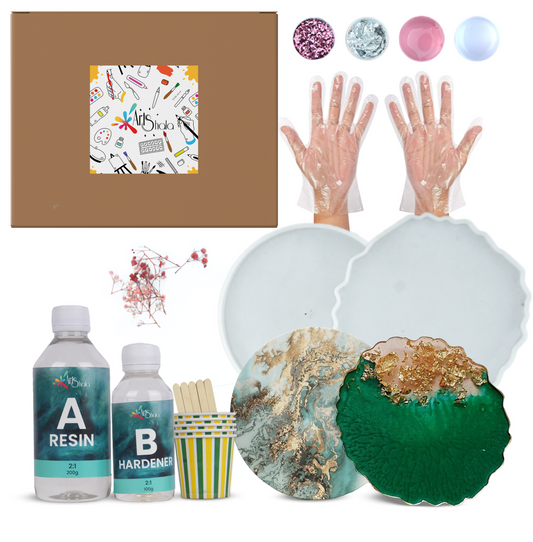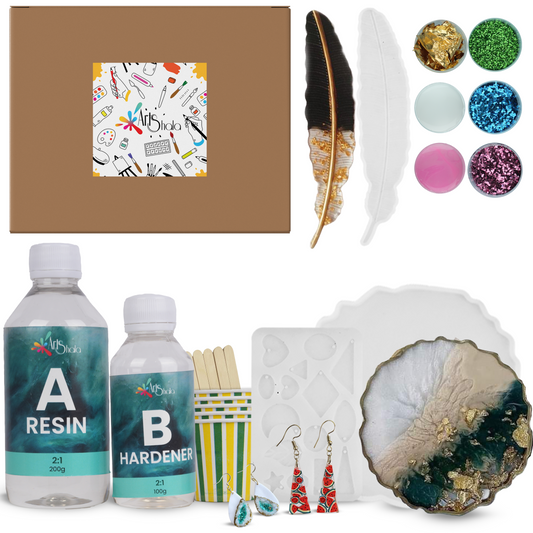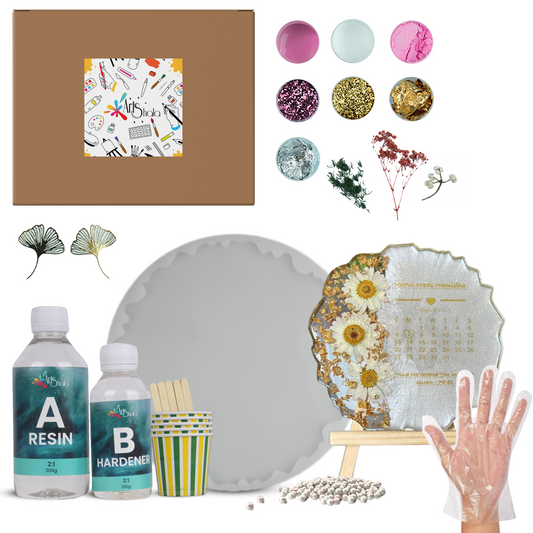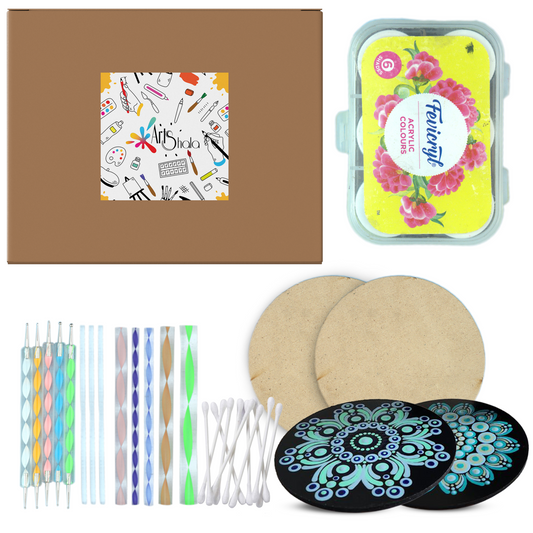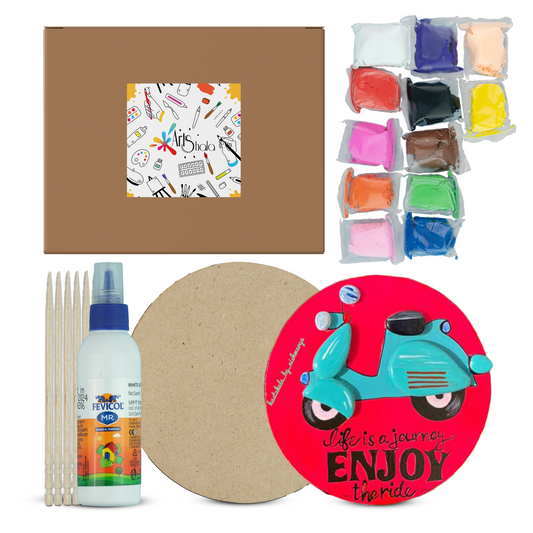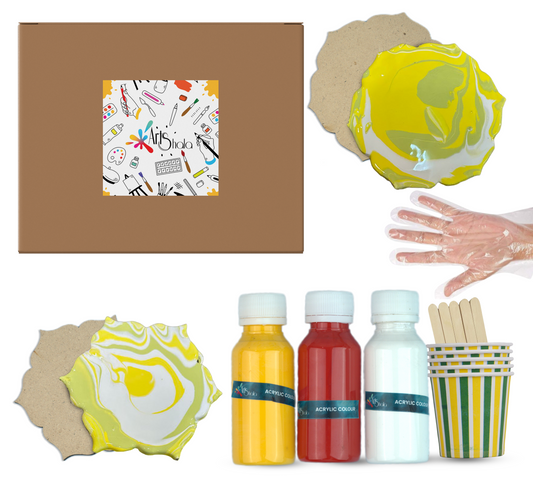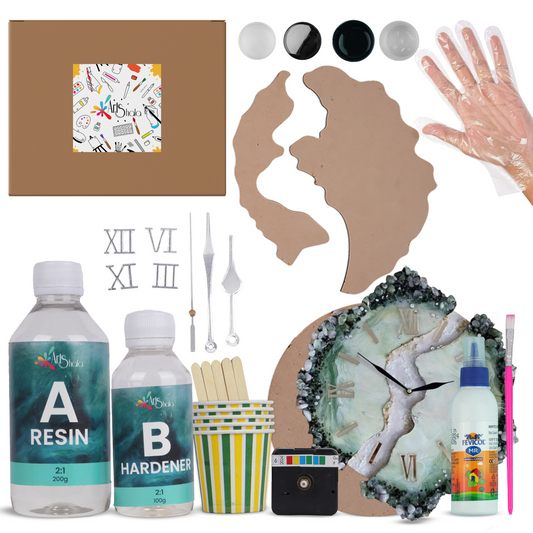Mixed Media Magic: Combining Watercolor and Acrylic
The world of art is a vast canvas, brimming with endless possibilities for experimentation and expression. One captivating technique that has gained significant popularity is the fusion of watercolour and acrylic paints. This marriage of contrasting mediums offers artists a unique palette to explore, allowing for creating both delicate and bold works, transparent and opaque.
Understanding Watercolor and Acrylic
Before diving into the exciting world of mixed media, it's essential to grasp the distinct characteristics of watercolour and acrylic paints.
Watercolour Characteristics
Watercolour paint is known for its transparency and fluidity. It is typically applied in thin washes, allowing the paper's white to reflect light and create a luminous effect. The amount of water mixed with the pigment dramatically influences the final appearance, enabling artists to achieve delicate tonal variations. Watercolours are re-wettable, meaning artists can reactivate dried paint with water, allowing for adjustments and corrections even after the paint has dried.
Acrylic Characteristics
On the other hand, acrylic paint is a versatile medium that dries quickly to a flat, opaque finish. It can mimic the appearance of oil paints or watercolours depending on how it is diluted or mixed. Unlike watercolours, acrylics are permanent once dry, making them ideal for layering and building texture. Working with thicker acrylics allows for impasto techniques, where paint is applied in heavy layers, creating a three-dimensional effect.
The Benefits of Combining Watercolor and Acrylic
When combined, watercolour and acrylic can complement each other beautifully. The transparency of watercolour can enhance the vibrancy of acrylics, while the opacity of acrylic can provide structure and depth to watercolour washes. Here are some benefits of mixing these two mediums:
-
Enhanced Colour Range: Mixing acrylic with watercolour allows artists to create a broader spectrum of colours and textures. By adjusting the ratio of the two paints, one can achieve unique finishes that neither medium can produce alone.
-
Versatile Techniques: Artists can employ various techniques, such as layering washes of watercolour underneath bold acrylic strokes, to create dynamic compositions. This versatility fosters creativity and experimentation.
-
Correcting Mistakes: Acrylic paint can cover mistakes made with watercolours. Its opacity allows artists to easily mask errant marks or areas that need adjustment, making it a valuable tool in mixed media painting.
Techniques for Mixing Watercolor and Acrylic
Here are several techniques for effectively combining watercolour and acrylic in your artwork:
Layering
One of the most common methods is to layer watercolour and acrylic. Start with a watercolour background, allowing it to dry completely. Once dry, apply acrylic paint on top to add details or create a foreground. This technique creates a beautiful contrast between watercolour's soft, flowing qualities and the bold, defined nature of acrylic.
Mixing on the Palette
You can also mix watercolour and acrylic directly on your palette. By combining the two, you can create a paint with the properties of both mediums. For instance, adding a small amount of acrylic to watercolour can create a more opaque wash, while adding watercolour to acrylic can soften its appearance. Experiment with different ratios to discover the effects you prefer.
Using Watercolor as a Base
Begin your painting with a watercolour wash as the base layer. Once the wash is dry, use acrylics to paint over it. This method lets the colours of the watercolour shine through, providing a luminous quality to the finished piece.
Textural Effects
Acrylics can be used to create texture over watercolour backgrounds. Techniques like sponging, stippling, or palette knives can add dimension to your work. For example, after applying a watercolour wash, you might use a palette knife to scrape or spread acrylic paint, creating interesting textures that contrast with the smoothness of the watercolour.
Dripping and Splattering
Both watercolour and acrylic can be used in dripping and splattering techniques. You can start with a watercolour background and then use a brush or pipette to drip or splatter acrylic paint over it. This creates a dynamic and spontaneous look, perfect for abstract pieces.
Considerations When Mixing Media
While combining watercolour and acrylic can lead to exciting results, there are some considerations to keep in mind:
-
Paper Choice: Use multimedia paper or heavy watercolour paper that can withstand the moisture from watercolours and the thickness of acrylics. This prevents warping and ensures better adhesion.
-
Drying Times: Acrylic dries quickly, while watercolour can take longer to dry, mainly if applied in thick layers. Plan your painting process accordingly to avoid smudging.
-
Permanent vs. Rewettable: Remember that once acrylic paint dries, it is permanent. Unlike watercolours, which can be reactivated with water, dried acrylic cannot be reworked. Make sure to mix enough paint for your project before it dries.
-
Experimentation: Feel free to experiment with different techniques and combinations.
-
Surface Preparation: Use sturdy paper or canvas to withstand the potential warping caused by the watercolour's moisture.
-
Drying Time: Allow the layer to dry completely before applying the next to avoid lifting or smudging.
-
Balance: Strive for a harmonious balance between watercolour's transparency and acrylic's opacity.
-
Inspiration: Look at the works of other artists who have successfully combined watercolour and acrylic to find inspiration.
Conclusion
Mixed media painting, particularly the combination of watercolour and acrylic, offers a rich landscape for artistic exploration. The interplay of transparency, opacity, fluidity, and texture allows for endless creative possibilities. Whether you are a seasoned artist or a beginner, embracing the challenge of mixing these mediums can lead to exciting discoveries and unique expressions.
As you embark on your mixed-media journey, remember to experiment, take risks, and, most importantly, enjoy the process. Art is not just about the final product; it’s about the joy of creation and the stories you tell through your work. Contact Us to learn more about this art form or visit Arts Shala’s website.



